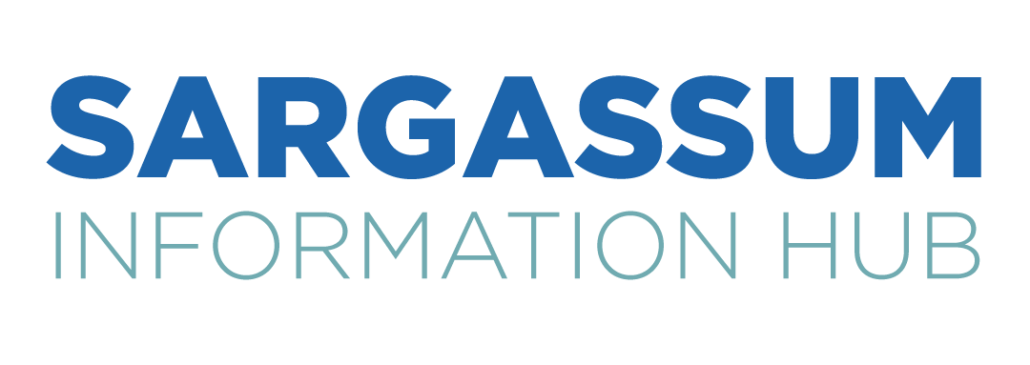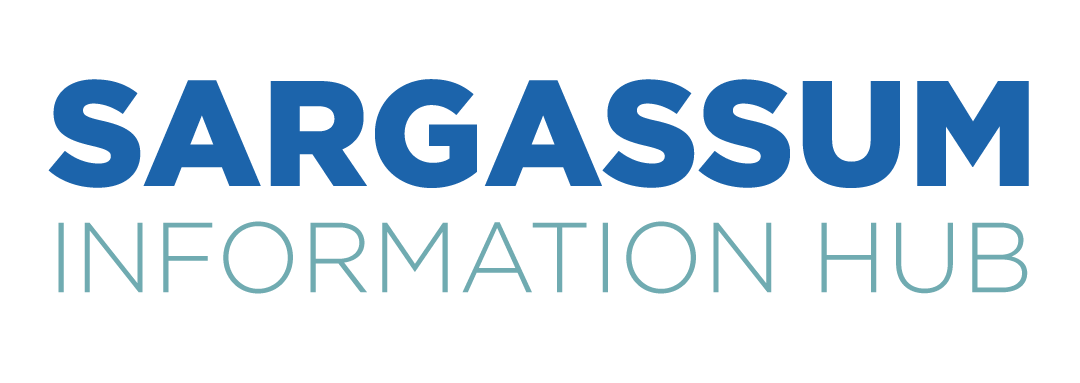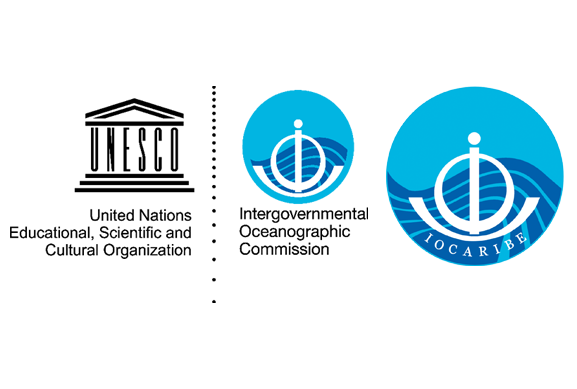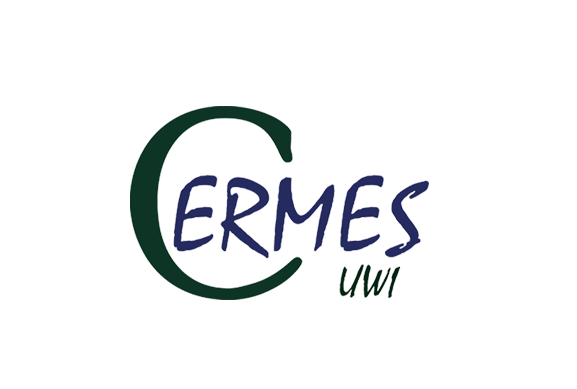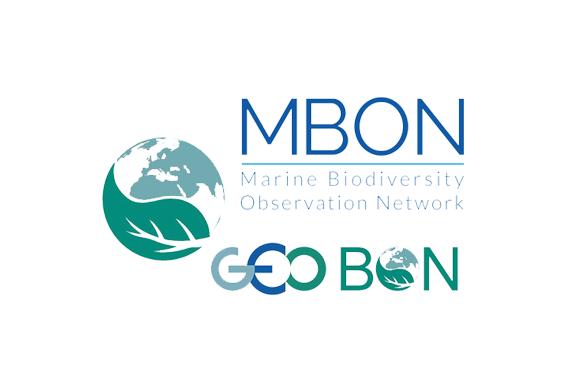Coordination of multisectoral efforts is needed to integrate a national monitoring, modeling, and early warning system with multisectoral applications and with an inherent effect on containment and harvest actions and strategies. Despite existing technical limitations, there are several ongoing initiatives and projects in Mexico that contribute to the remote and in situ Sargassum monitoring:
The Comisión Nacional para el Conocimiento y Uso de la Biodiversidad (CONABIO) has developed SIMAR, an interactive platform that includes in situ data, climate models, satellite products and other geospatial information. It is equipped with the Early Warning System of Sargassum (SATsum), which allows the visualization of the floating Sargassum with a daily resolution of 1 km.
Link: https://simar.conabio.gob.mx/
The Red de Monitoreo del Sargazo Cancún is an online tool to inform and alert the general public about influxes of Sargassum to the beaches of Quintana Roo.
Link: https://www.facebook.com/RedSargazo/?ref=page_internal
The Observatorio Ciudadano del Sargazo a web page with information for tourists that produces weekly reports of the presence of Sargassum on the main beaches.
https://www.viajefest.com/sargazo-en-quintana-roo/
The SEMAR, in collaboration with SEMA in Quintana Roo, published a “traffic light” representing the abundance of Sargassum in the main beaches of the region
Link: https://sargazo2023.semaqroo.gob.mx/semaforo-de-sargazo/
The Sistema de Monitoreo de Sargazo Recolectado (SIMSAR) developed by SEMARNAT, the Instituto Nacional de Ecología y Cambio Climático (INECC) and SEMAR, aims to systematize information on the volumes of Sargassum that arrive to the coasts and are registered by private and public sectors. These data are available to the public for research and decision-making purposes.
Link: https://app.semarnat.gob.mx/sargazo/#/login
The SEMAR has produced a daily and weekly Sargassum report that informs about the oceanographic conditions, the observed algae coverage and arrival predictions in several areas of Quintana Roo
Link: https://digaohm.semar.gob.mx/OpSargazo/BoletinesSargazo.html
The Laboratorio Nacional de Observación de la Tierra (LANOT) has developed a system that uses images from different satellites to generate weekly information about the surface area and total biomass estimates of Sargassum in the Mexican Caribbean.
http://www.lanot.unam.mx/home/sargazo/
The Instituto Mexicano de Tecnología del Agua (IMTA) has developed a model that uses satellite images and forecast of marine currents and wind to predict the trajectories of sargassum and the possible sites of stranding.
https://sargazo.imta.mx/index.html
